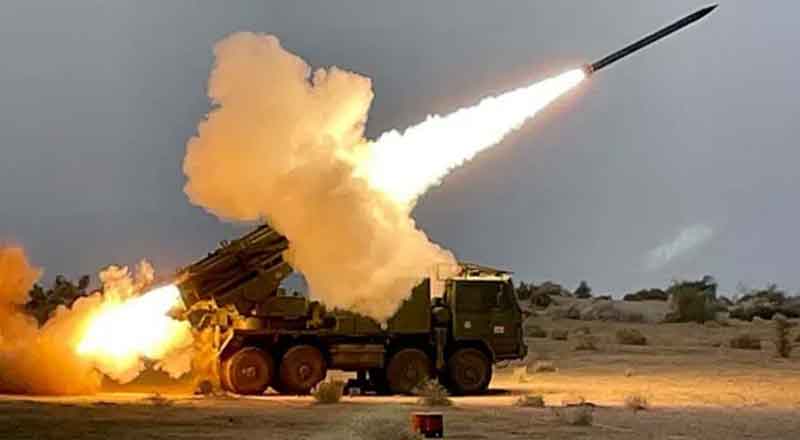- A retired NASA satellite is expected to re-enter Earth’s atmosphere, almost 21 years after its launch.
- It does not present any threat to humans, the US space agency said.
- The satellite observed solar flares and coronal mass ejections from its low-Earth orbit, helping scientists understand how such powerful bursts of energy are created.
- NASA decommissioned it after 16 years, in 2018, due to communications difficulties.
- During its mission the satellite recorded more than 1,00,000 X-ray events, to study the energetic particles in solar flares.
- The imager helped researchers determine the particles’ frequency, location, and movement, which helped scientists understand where the particles were being accelerated.
A retired NASA satellite Reuven Ramaty High Energy Solar Spectroscopic Imager (RHESSI) is expected to re-enter Earth`s atmosphere, almost 21 years after its launch. It does not present any threat to humans, the US space agency said. Launched in 2002, the RHESSI observed solar flares and coronal mass ejections from its low-Earth orbit, helping scientists understand the underlying physics of how such powerful bursts of energy are created. NASA decommissioned it after 16 years, in 2018, due to communications difficulties.
The US Department of Defence, which is monitoring the satellite, expects the 660-pound spacecraft to re-enter the atmosphere. While NASA expects most of the spacecraft to burn up as it travels through the atmosphere, some components are expected to survive re-entry.
The spacecraft launched aboard an Orbital Sciences Corporation Pegasus XL rocket with a mission to image the high-energy electrons that carry a large part of the energy released in solar flares. It achieved this with its sole instrument, an imaging spectrometer, which recorded X-rays and gamma rays from the Sun. Before RHESSI, no gamma-ray images nor high-energy X-ray images had been taken of solar flares.
Data from RHESSI provided vital clues about solar flares and their associated coronal mass ejections. These events release the energy equivalent of billions of megatons of TNT into the solar atmosphere within minutes and can have effects on Earth, including the disruption of electrical systems. Understanding them has proven challenging.
During its mission tenure, RHESSI recorded more than 1,00,000 X-ray events, allowing scientists to study the energetic particles in solar flares. The imager helped researchers determine the particles’ frequency, location, and movement, which helped them understand where the particles were being accelerated.
Over the years, RHESSI documented the huge range in solar flare size, from tiny nanoflares to massive super flares tens of thousands of times bigger and more explosive. RHESSI even made discoveries not related to flares, such as improving measurements of the Sun’s shape, and showing that terrestrial gamma-ray flashes , bursts of gamma rays emitted from high in Earth’s atmosphere over lightning storms ,are more common than previously thought.





